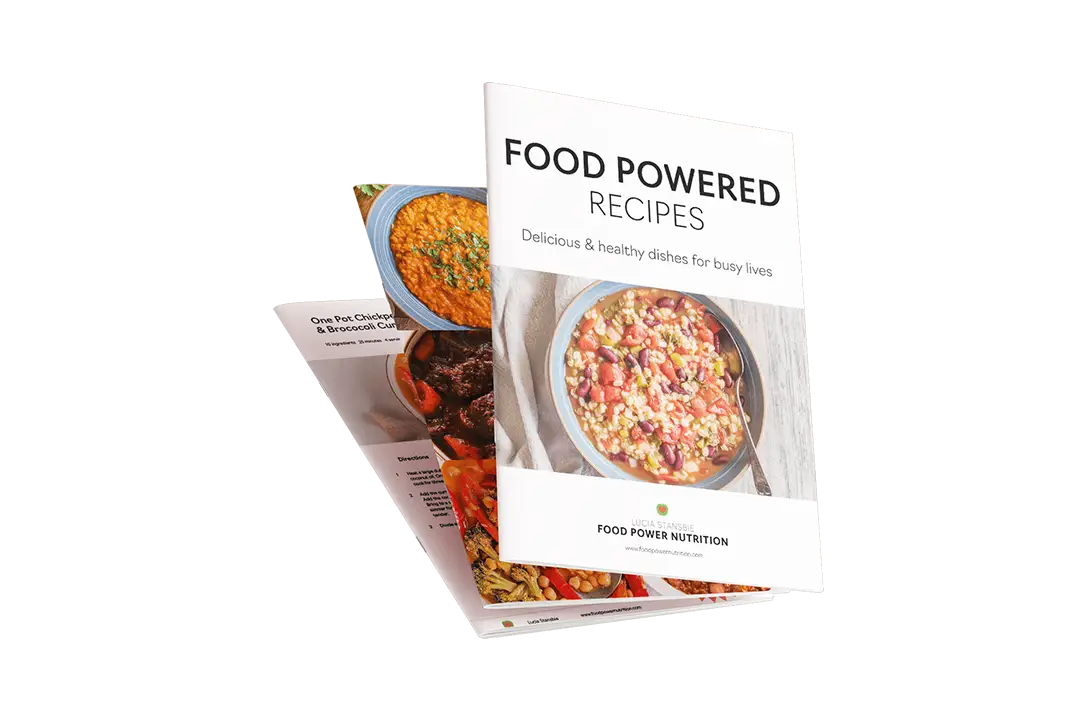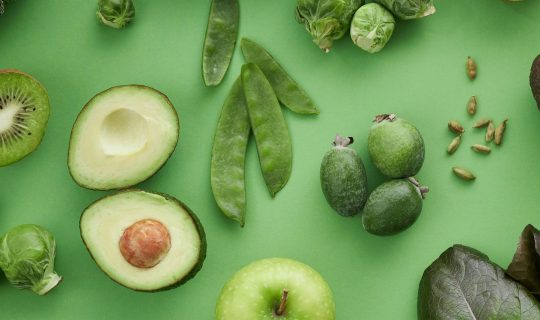For decades, nutrition advice has been built around population averages: recommended daily intakes, standard dietary guidelines and broad lifestyle recommendations designed to suit most people. While these guidelines are useful, they often fall short when individuals experience persistent symptoms, conflicting responses to food, or limited results despite doing “everything right”. This is where genetic testing…
December Vegetable of the month: Beetroot
by Lucia Stansbie
Beetroots are part of the same family of spinach and chards, and can come in a variety of colours: red, white, yellow. Also leaves are edible and taste almost like spinach– in younger plants can be eaten raw, while more mature ones are better cooked.
Nutritional value
Beetroots consist mainly of water (87%) and are packed with fiber and micronutrients. One the micronutrients they are rich in B9, better known as folate. Beetroots are also a source of many minerals such as iron, manganese, and potassium. An interesting compound they are rich is nitrates, which the body can transform in nitric oxide. Nitric oxide is essential for cardiovascular health, helping vessel dilatation and keeping blood pressure in optimal range.
Too much of a good thing can anyway be of harm, as beetroots are a source of oxalates (a form of calcium) which if consumed in excessive quantities can lead to kidney stones formation.
Beetroots are also a source of fructans, so are not indicated for people on a low FODMAP diet.
Recipe ideas
Beetroots are great in smoothies to give an earthy flavour! Are also great in salads with rocket and walnuts, or as an ingredient in gnocchi or baked goods such as cakes and muffins.



